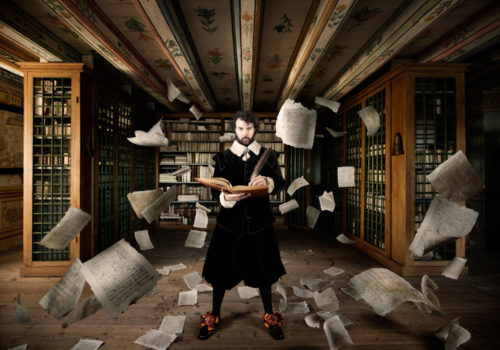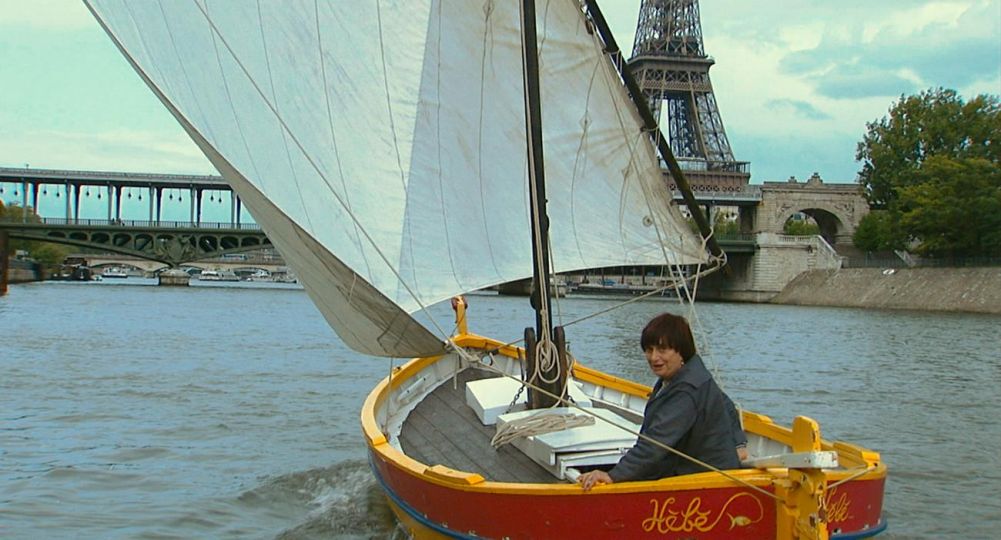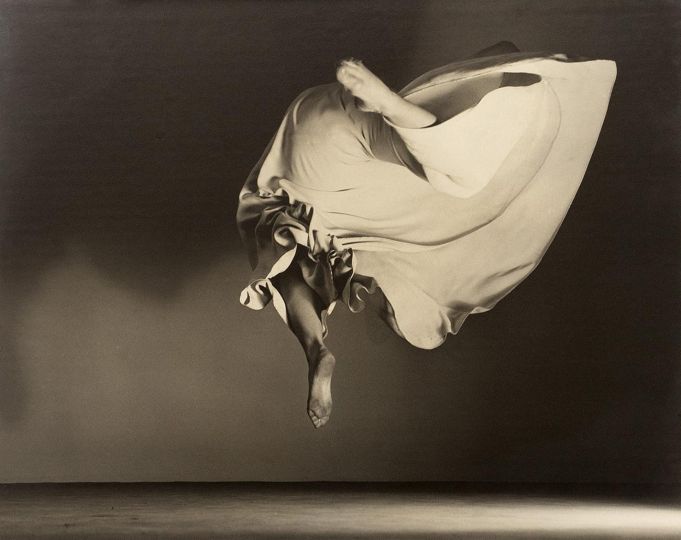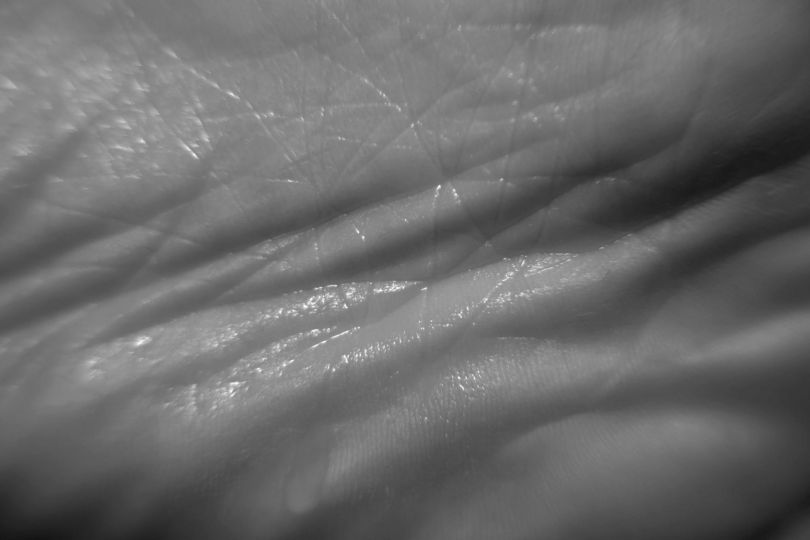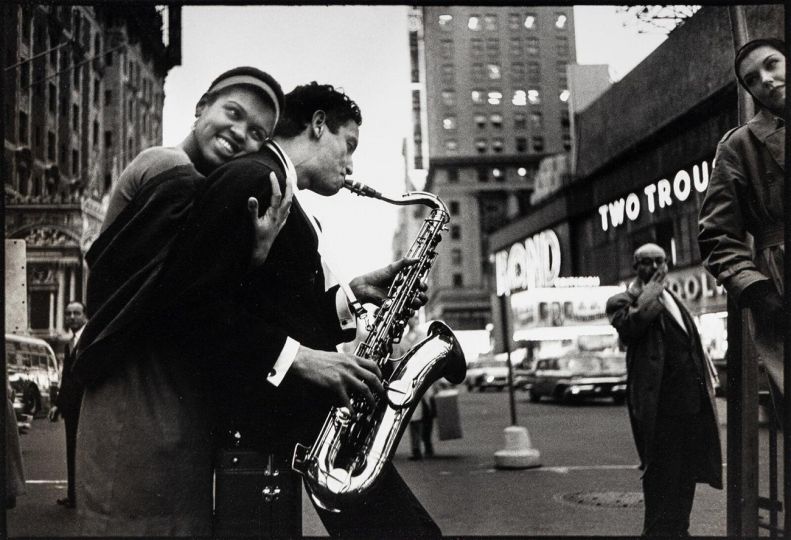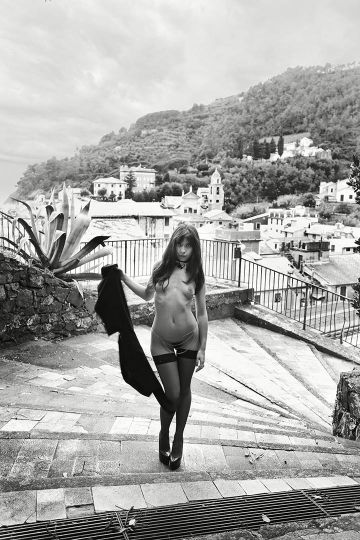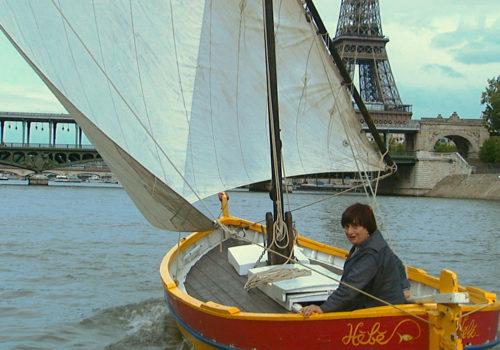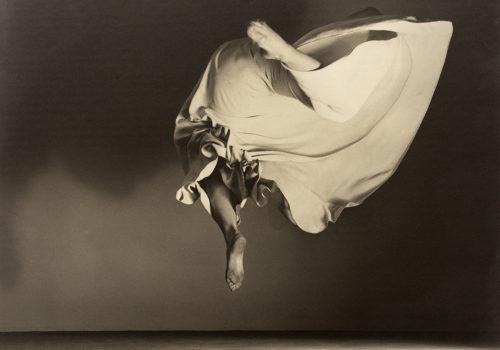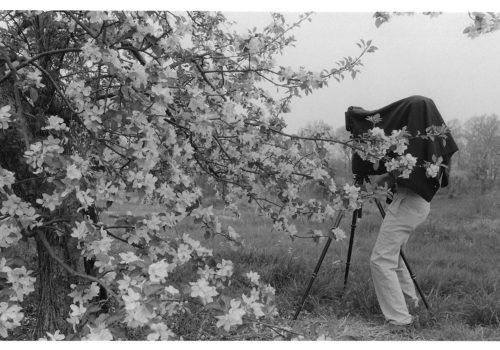Sydney photo-media artist Alexia Sinclair’s love of European history continues with her new series “A Frozen Tale” set in the 17th Century Skokloster Slott, a majestic castle commissioned by Carl Custaf Wrangel in the Swedish Age of Greatness. Today Skokloster Slott is known as one of the finest examples of Baroque architecture and the castle also houses the largest private art collection in Europe.
In “A Frozen Tale” Sinclair has created a cast of characters to convey what daily life may have been like 300 years ago in this castle, which is built within a network of lakes upon perpetually frozen ground. Skokloster Slott lies next to Lake Mälaren, 80km from Stockholm, and its contents have been ‘frozen in time,’ untouched for more than three centuries.

